LOCATION AND SPECIES: There are two species of redwoods thriving in Te Mata Park.
The original planting of coastal redwoods, Sequoia sempervirens was in Te Hau valley at about the time of the creation of the Park in 1927. The second planting was in Te Heu valley below Webb’s bush, in 1974, and most recently the rapidly growing group on the east side of Te Mata Peak Road was planted in 2009 when some decrepit old man pines and eucalypts were removed.
The other species is the giant redwood, Sequioadendron giganteum, the trunk of which tapers more noticeably and which also grows to be a huge tree. It is in fact the largest growing thing in the world. The most obvious ones are just above the top end of Webb’s Bush.
LIFESPAN: California redwoods are the tallest living tree species on Earth, growing to more than 100 metres high and up to 9 metres in diameter. They are among the oldest living things on Earth, with a lifespan of 500 to over 2000 years. The name ‘redwood’ comes from the distinctive reddish-brown colour of the bark. Growing up to 30cm thick, the bark provides a good layer of defence and ensures a long life, protecting against the natural enemies of the forest: insects, fungi, and fire.
BIRDS AND BUGS: A variety of species call the redwoods home. The dark, moist forest floor provides an ideal environment for organisms such as slaters, beetles, worms and spiders. Beneath the forest floor is a microscopic network of fungus, with the ‘fruit’ (mushrooms) appearing above ground after rain. An abundance of birdlife can be seen or heard within the redwoods including tūī, tauhou (waxeye), pīwakawaka (fantail) and kererū (New Zealand pigeon).
WOOD WIDE WEB: Redwoods do not survive alone; they form tribes or communities of rooted connections. They thrive in thick groves where the roots intertwine and fuse together, creating strength and stability. The roots are not deep, but very wide, and can spread up to 30 metres, creating a web of interdependence. When a tree dies and begins decomposing, a new sapling grows in its place to ensure the survival of the surrounding community of trees.
CLIMATE CHANGE: Studies show that redwoods capture more carbon dioxide, a leading cause of climate change, than any other tree on Earth. Through photosynthesis, redwoods transform carbon dioxide into the oxygen we breathe, making these trees true climate change heroes.
NATURE PLAY: Look up at the tree canopy above you, made up of the many tree crowns (tree tops) within the grove. Listen for birdsong or the beat of kererū wings. Use the fallen branches to build a hut or create a unique piece of nature art. Carefully turn over rocks to search for insects and fungi beneath. Please protect our living environment by returning rocks as you found them; these are the homes of our forest creatures.
A visit to the Te Hau valley trees is well worth the effort in any weather except the strongest winds. On a calm day enjoy the cathedral-like setting, then lie on the ground to marvel at the towering columns and the patterns created by the branches in the canopy.
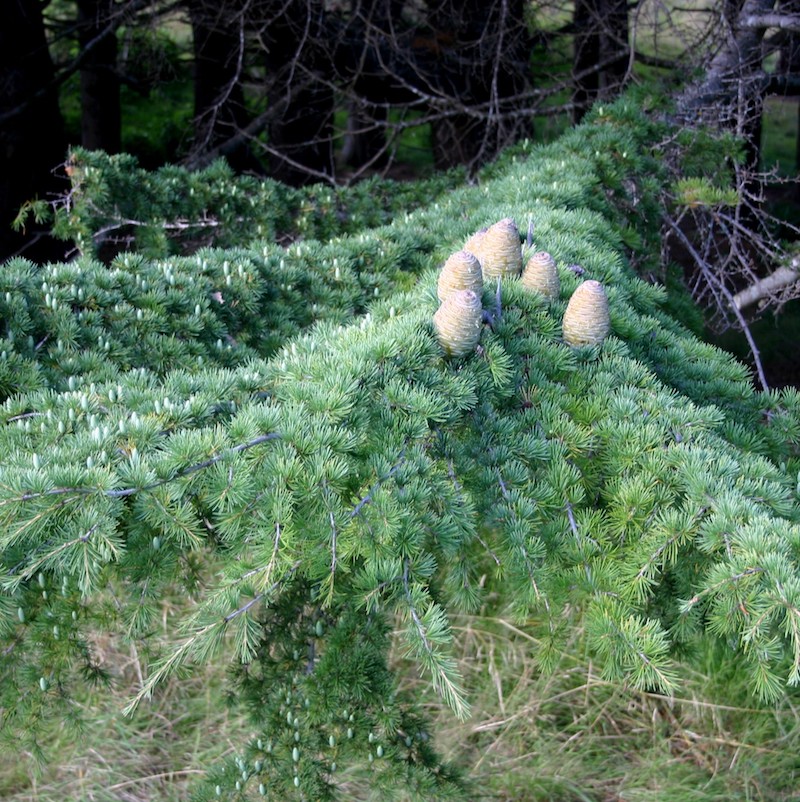
 Five times winner of the prestigious international green space award.
Five times winner of the prestigious international green space award.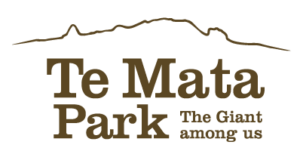
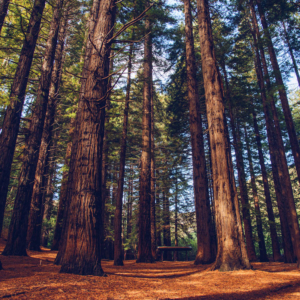

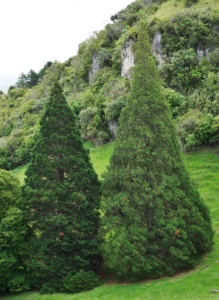
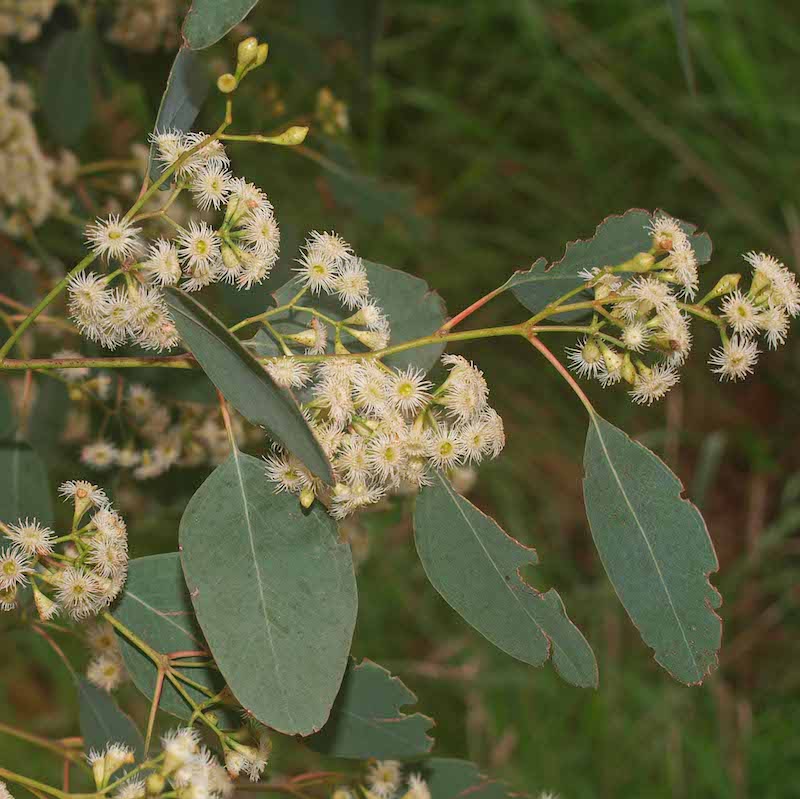
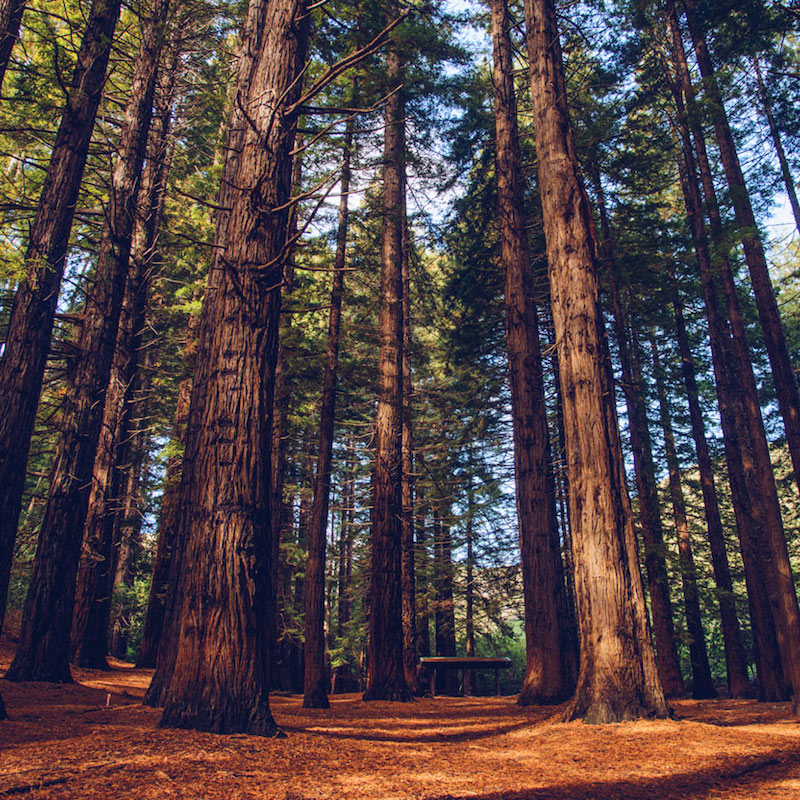

 Source Mike Lusk
Source Mike Lusk Source Mike Lusk
Source Mike Lusk